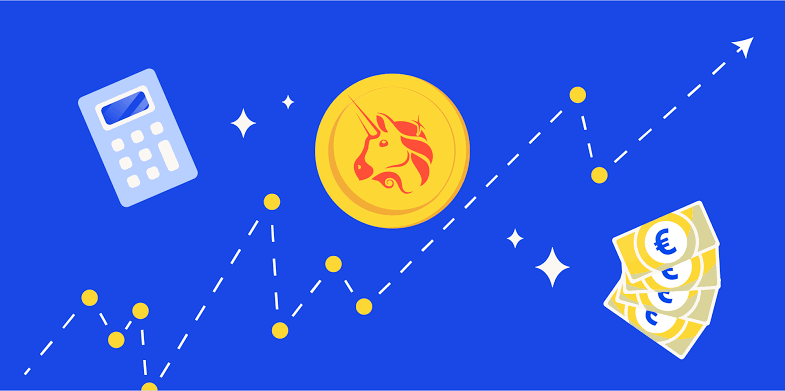Are you an avid cryptocurrency enthusiast, or have you recently dabbled in the world of decentralized finance (DeFi)? If so, you’ve probably heard of Uniswap, one of the most popular decentralized exchanges in the crypto space. Uniswap has gained immense popularity for its ability to enable users to trade various cryptocurrencies without the need for traditional intermediaries like banks. However, one common question that arises among Uniswap users is: why is it so expensive to use Uniswap? In this blog post, we’ll break down the factors contributing to the high fees on Uniswap and explore some ways to mitigate these costs.
Understanding Uniswap’s Fee Structure:
Before we dive into the reasons behind Uniswap’s high fees, it’s essential to grasp the basics of how the platform’s fee structure works. Uniswap, like many other DeFi platforms, operates on the Ethereum blockchain. Ethereum, being the second-largest cryptocurrency by market capitalization, is well-known for its network congestion and associated high gas fees. Gas fees are essentially the transaction costs paid by users to execute operations on the Ethereum blockchain. So when you interact with Uniswap, you’re not just dealing with Uniswap fees; you’re also dealing with Ethereum gas fees.
Reasons for Expensive Uniswap Fees:
Ethereum Network Congestion
Ethereum’s popularity has led to network congestion, which results in higher gas fees. When the network is clogged with numerous transactions, users must compete by offering higher fees to have their transactions processed quickly. This competition drives up the overall cost of using Uniswap.
Arbitrage Opportunities
Uniswap’s automated market maker (AMM) model allows traders to exploit price differences between different exchanges. This has attracted arbitrageurs who constantly monitor Uniswap for profit opportunities. They are willing to pay higher fees to secure these opportunities, which further drives up the costs for regular users.
Complex Smart Contracts
Uniswap relies on complex smart contracts to facilitate token swaps. These contracts require extensive computational resources and, therefore, result in higher gas fees. The more complex the transaction, the more you’ll pay in fees.
Token Approval and Interaction
Some tokens require users to approve their use in Uniswap, which involves additional transactions and fees. This process can contribute to the overall cost of using the platform.
Mitigating Uniswap Costs:
Timing Matters
Keep an eye on the Ethereum network’s congestion. Gas fees tend to be lower during off-peak hours. You can use tools like Etherscan to monitor gas prices in real-time.
Explore Layer 2 Solutions
Layer 2 solutions, such as Optimistic Rollups, can significantly reduce the cost of using Uniswap. These solutions provide a faster and cheaper way to trade on the Ethereum network.
Use Alternative DeFi Platforms
Consider using alternative DeFi platforms built on blockchains with lower fees, such as Binance Smart Chain or Polygon (formerly Matic). These platforms often offer similar functionalities with lower transaction costs.
Conclusion
Uniswap’s expensive fees are a result of several factors, including Ethereum network congestion, arbitrage opportunities, complex smart contracts, and token approval processes. While these fees can be a barrier for some users, it’s essential to understand the underlying reasons and explore ways to mitigate costs, such as using Layer 2 solutions or alternative DeFi platforms. Despite the expenses, Uniswap continues to be a vital component of the DeFi ecosystem, offering users a decentralized and permissionless way to trade cryptocurrencies. So, while fees may be a concern, the benefits of DeFi and Uniswap’s innovative approach are certainly worth exploring.

